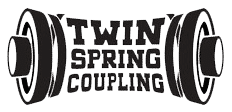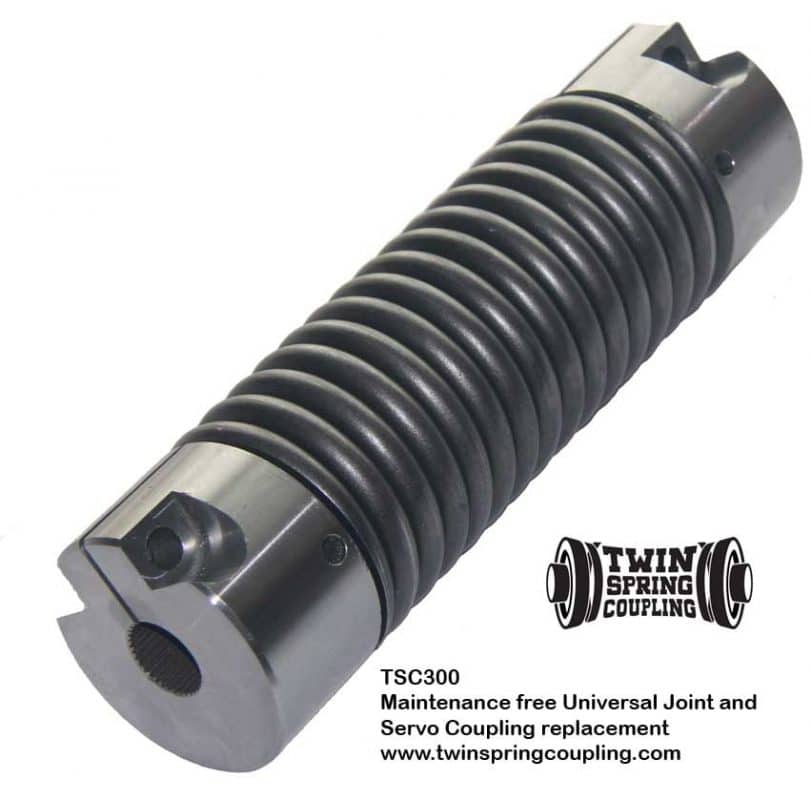Bearing Failure in Uni joints, there are only a few option available.
Table of Contents
The universal joint is one of these fundamental shaft coupling solutions, it’s been used for the past 115 years in the automotive industry and longer in other areas like Industrial and farming. The three-piece design while simple, has always had to been maintained otherwise its various issues can lead to costly repairs and downtime of equipment.
The main area of a universal joint that needs to be maintained is the universal joint itself or bearing cross as its sometime called. The main component within universal joint that allows it be flexible and transmit torque is the 4 individual bearings at each end of the universal joint.
These bearings allow for the coupling to be flexible in up and down and side to side motion, this is great for a nice smooth surface but anything other than that leads to issues.
Being used more or outside what the manufacturer recommends (for them)
A universal joint used outside of the recommended angle of up /down, side to side makes the whole coupling and its connected shafts to start to run “out of phase”, this means the coupling starts to vibrate and behave like a skipping rope, transferring this vibration along the shaft.
This vibration leads to equipment damage, hard “ride” in automotive. The solution has been to increase the size of the bearings and reduce the angle of usage. This works some of the time but in situations where is can’t be avoided, solutions like Cardan universal joints have to be used, this adds complexity and increased maintenance as you now go from one to two universal joints.
In addition to this you also have the fact that at any angle of use over 0 degrees, gravity forces the ball bearings inside the bearings start to rub against the cage which holds the bearings, forcing the cage open leading to the balls coming loose inside and leading to catastrophic failure.
The larger the angle the more the balls are being forced out of the outer race and the cage, leading to rapid wear and increased need to be replaced due to failure.
Even without any angle of usage, the rapid turning of the shaft means the ball bearings will need to be given additional grease for lubrication and to help with the increased heat created by friction.
This increased need for lubrication adds to the maintenance aspect of using a universal joint as if the universal joint bearings aren’t greased, the bearing will run hot and either seize because the metals expand and cause the balls to get stuck in between the inner and outer race and the cage.
So increased maintenance to supply grease to ensure they don’t seize adds to the cost and usage of equipment using universal joints.
After all of this, you still have to replace the bearings as the friction between the inner and outer race, the cage and the ball bearings in the end means so much wear the entire bearings components become loose and this leads to increased vibration effecting its use.
With each universal joint manufacturers breakdown of industries that their coupling is used in, this table gives the amount of time they suggest to replace the universal joint bearings, this has always been the standard practice again because for mechanical power transmission applications this is all that has been available, until now.
So far, we have universal joint bearings needing to replace because of
- Increased angle of usage
- Not enough additional greasing leading to failure due to seizing or heat related cracking
- General wear and tear
- Application/industry the coupling is used in
Solutions to help
Unfortunately for bearings in universal joints there aren’t any real ways to resolve this, larger or more expensive bearings can help but the 4 reasons to replace them are still factors.
Replacements with cardan joints to reduce the angle of usage may help but the technology is still the same so they will still need greasing and the bearings will still wear out and you have two universal joints so you double the labor and component costs.
CV joints as a replacement, CV joints allow for an increased angle of use but are not able to handle the amount of torque a universal joint can, its still needs to be greased and eventually needs to be replaced due to wear and tear.
Replacement of universal joints with a new shaft coupling technology, Twin Spring Coupling is your best option as it has none of the downside of a universal joint. It has no internal bearings so no bearings to grease or bearing cross to replace, twin spring flexibility to make it more flexible than a universal joint and no internal components that wear or need constant replacement.
Twin Springs’s one piece design means no yokes, one product-multiple industries, reduced inventory costs, no bearing failure/greasing means less maintenance and better ROI on equipment.
So replacing universal joints with a product with none of its negatives is really the best way to go, this allows for better machinery, increased usage and decreased maintenance.
Better couplings, Twin Spring Couplings.
For more information on what we do, and how we can help with your power transmission needs, Visit our products page and decide which ones right for you

